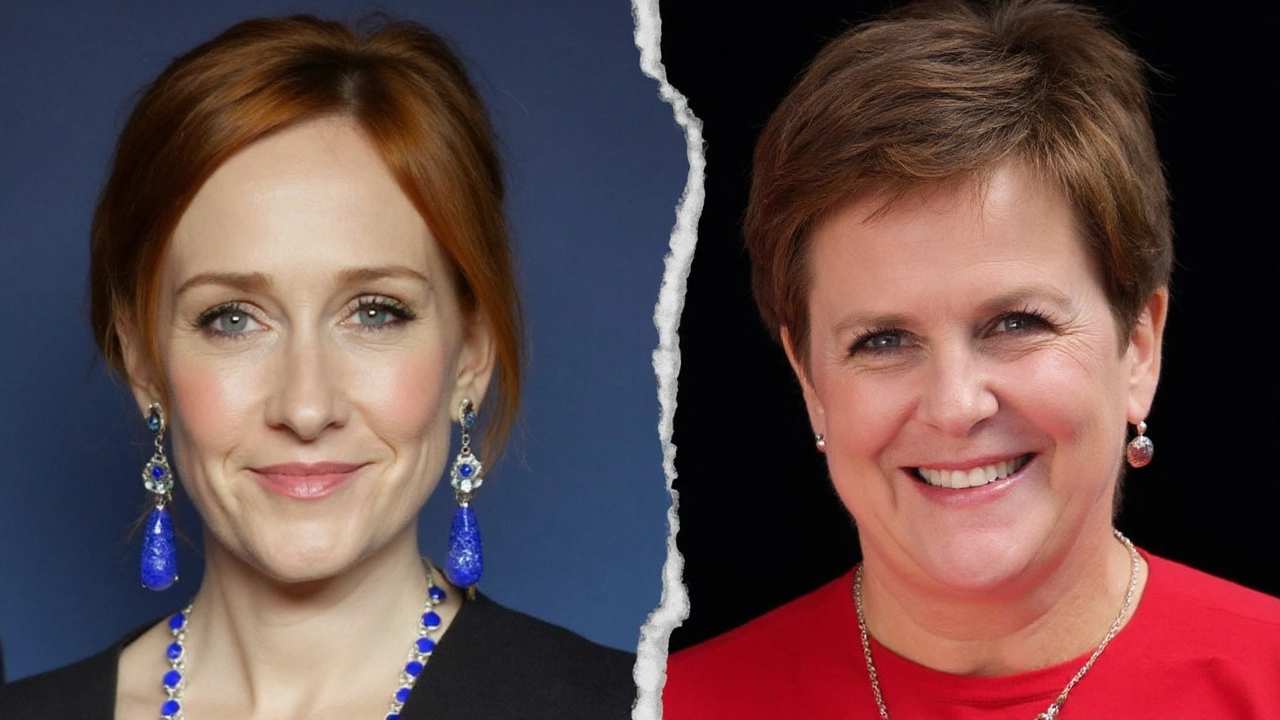Gender Recognition Reform Explained – What You Need to Know
Ever wondered what gender recognition reform actually does? In plain English, it’s a set of changes aimed at making it easier for transgender people to update their legal gender. Right now, the process can be long, costly, and invasive. The new proposals want to cut the red tape, give people more control, and bring the system in line with everyday life.
Why does this matter to anyone who isn’t directly affected? Because the way we handle gender on official documents touches everything from passports to health records. A smoother process means less stress for families, employers, and the state. It also signals that society values fairness and respects personal identity.
Why the Reform Matters
First off, the current system requires a medical diagnosis and a court order. That means you have to prove your gender identity to strangers, often at great personal cost. Critics say this invades privacy and creates a barrier that many can’t afford. The reform pushes for a self‑declaration model, where you simply state your gender and have it recorded.
Second, the cost. A full legal change can run into hundreds of pounds, not to mention time off work for appointments and hearings. By trimming the steps, the government could save money and reduce the backlog in the courts. It’s a win‑win: fewer expenses for the individual and the public.
Key Changes Proposed
One big shift is removing the need for a medical report. Instead, a person would fill out a simple form and, after a short waiting period, receive a new gender marker. The waiting period is meant to avoid impulsive decisions while still being short enough not to feel like a punishment.
Another change is aligning the gender marker on all official documents. Right now, you might have a different gender on your birth certificate than on your driver’s licence. The reform aims for a single, consistent record, making life smoother when you travel, apply for jobs, or sign contracts.
Finally, the proposals include safeguards for those under 18. Parents or guardians would be involved, and a professional, like a GP, would confirm the child’s understanding. This balances protection with the right to self‑identify.
All these ideas have sparked heated debate. Supporters say they finally give transgender people the respect they deserve. Opponents worry about the speed of change and possible misuse. The conversation is still alive in Parliament, the media, and everyday chats.
Bottom line: gender recognition reform is about simplifying a complex, often painful process. If the changes pass, many will be able to update their gender without jumping through endless hoops. Whether you’re a fan of the idea or not, it’s worth knowing how it could reshape the legal landscape and affect real lives.

JK Rowling blasts Nicola Sturgeon with 3,000-word takedown of 'Frankly' and Scotland’s gender fight
JK Rowling posted a 3,000-word review of Nicola Sturgeon’s memoir, accusing the former First Minister of Trump-like denial over gender policy and “luxury beliefs” that harm women. Sturgeon replied on BBC Radio Ulster, defending Rowling’s right to speak while warning of “cruelty” toward trans people. The clash revives Scotland’s bitter fight over gender recognition reform and women’s rights.
View More